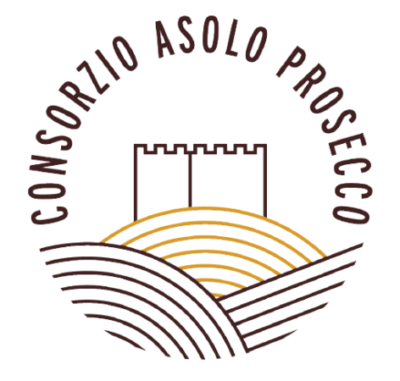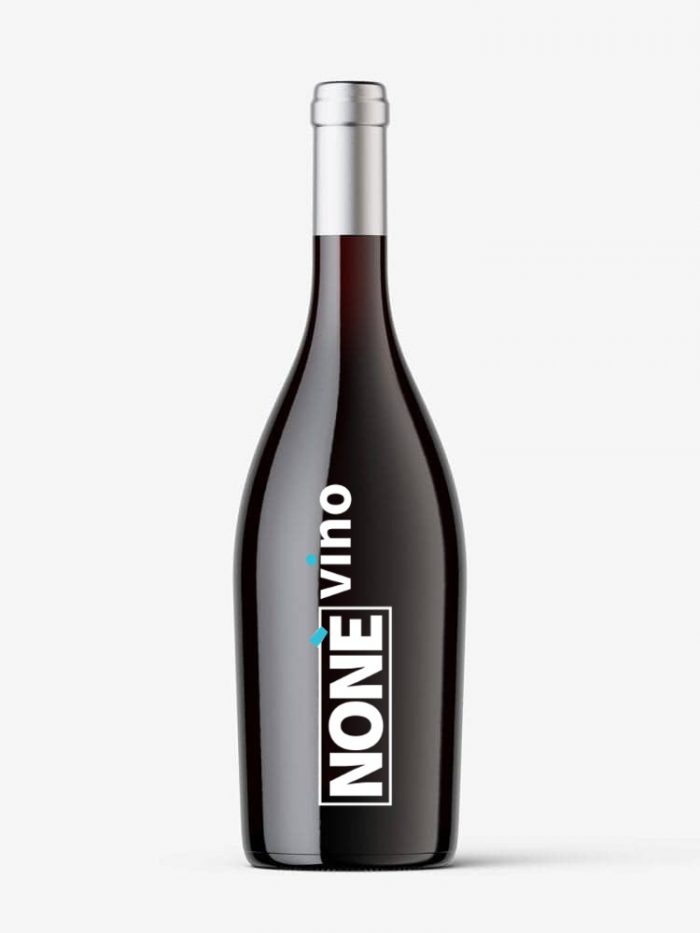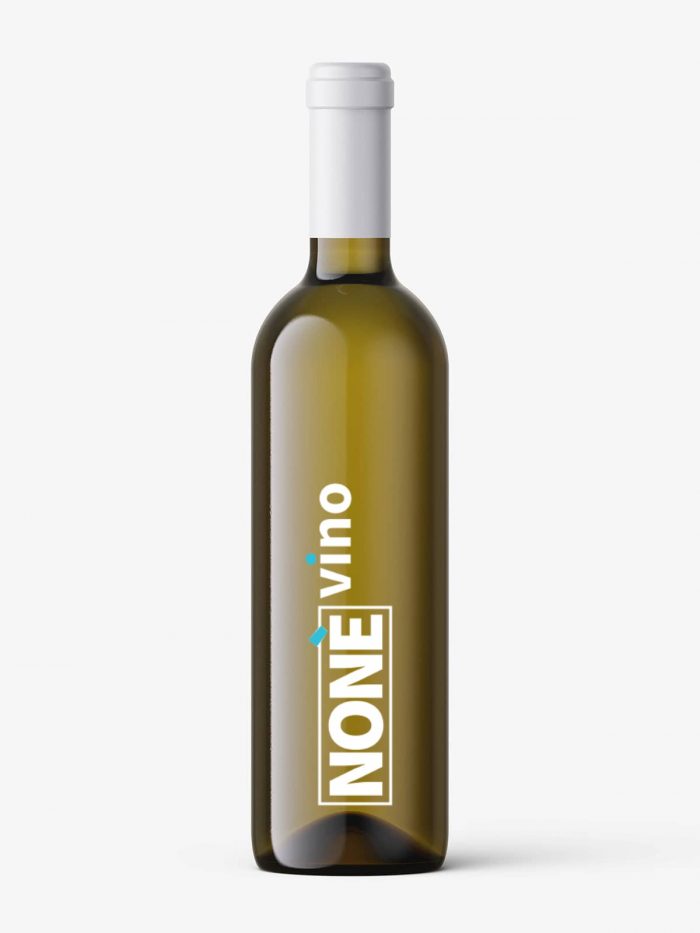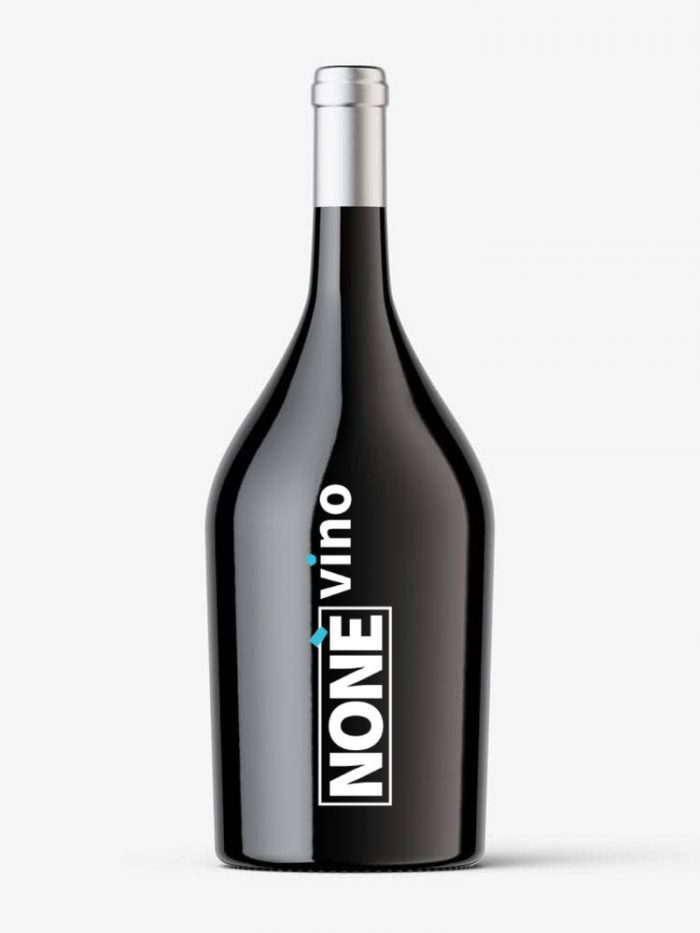Asolo Prosecco DOCG Appellation
Protected Designation of Origin (PDO)


The presence and development of vines on the Asolo hills and Montello is due first to the Benedictine monks and then to the presence of the Venetian Republic. The Benedictine monks settled around the year one thousand in particular in the monastery of S. Bona in Vidor and in the Certosa del Montello in Nervesa; with their work they have influenced in a very important way the agricultural and wine-growing history of the territory, determining the profound culture for the vine and wine that still persists, so much so that the specialization of the systems is repeatedly emphasized in historical texts.
In the second half of the 1300s, when this area passed to the Venetians, the Asolo hills and Montello were immediately recognized as an important wine area and its wines were exported abroad as early as 1400.
In the sixteenth century, which saw the triumph of the Venetian nobility with the construction of villas, barchesse and hunting houses with relative vineyards, an aristocratic thought of seeking beauty and goodness spread in the area, which is transmitted in viticultural and oenological knowledge popular. The hills are admired by the most prestigious personalities and the wine is a sought-after product that compares in Venice with wines brought from Greece and is taxed a third more because it is considered better than that of other areas.
Today this wine, which since 1977 has been subject to protection with the recognition of the DOC “Montello e Colli Asolani”, has found a wide consensus in many European and non-European countries, where its high quality and excellent balance are appreciated. quality / price , and thanks to its typical characteristics and strong link with the geographical area, it has obtained numerous national and international awards as well as a presence in the most prestigious sector guides. Since 2009 the Ministry, recognizing its value, has awarded this wine the DOCG “Colli Asolani Prosecco” or Asolo Prosecco ”
The DOCG Asolo Prosecco wineobtained the recognition of the Controlled Designation of Origin on July 17, 2009.
Territory
The geographical area dedicated to the production of DOCG Asolo Prosecco wine extends over the hills of Montello and the Asolo hills located at the foot of the Dolomites, in an area that is adequately ventilated, bright and favorable to the fulfillment of all the vegetative-productive functions of the vineyards.
The Production Area of the Asolo Prosecco DOCG Wine is located in:
– province of Treviso and includes the territory of the municipalities of Castelcucco, Cornuda and Monfumo and part of the territory of the municipalities of Asolo, Caerano S. Marco, Cavaso del Tomba, Crocetta del Montello, Fonte, Giavera del Montello, Maser, Montebelluna, Nervesa della Battaglia , Paderno del Grappa, Pederobba, Possagno, S. Zenone degli Ezzelini and Volpago del Montello.
The Production Area of the grapes of the Pinot bianco, Pinot nero, Pinot grigio and Chardonnay varieties to be used for the traditional practice referred to in article 5 of the production specification is located in:
– province of Treviso and includes the administrative territory of the municipalities of Treviso, Cappella Maggiore, Cison di Valmarino, Colle Umberto, Conegliano, Cordignano, Farra di Soligo, Follina, Fregona, Miane, Pieve di Soligo, Refrontolo, Revine Lago, San Fìor, San Pietro di Feletto, San Vendemiano, Sarmede, Segusino, Sernaglia della Battaglia, Susegana, Tarzo, Valdobbiadene, Vidor, Vittorio Veneto, Asolo, Caerano S.Marco, Castelcucco, Cavaso del Tomba, Cornuda, Crocetta del Montello, Fonte, Giavera del Montello , Maser, Monfumo, Montebelluna, Nervesa della Battaglia, Paderno del Grappa, Pederobba, Possagno, S. Zenone degli Ezzelini, Volpago del Montello, Borso del Grappa and Crespano del Grappa.
Vinification and Aging
During the vinification phases, only loyal and constant oenological practices of the area are allowed, suitable to give the wines their peculiar quality characteristics.
The winemaking practices of the Asolo Prosecco DOCG wine include, among other things, that:
– The maximum yield of grapes into DOCG Asolo Prosecco wine must not exceed 70%; if these parameters are exceeded within the limit of 5%, the excess will not be entitled to the DOCG. Beyond these limits the right to DOCG for the whole product lapses.
– The DOCG Asolo Prosecco wine elaborated in the Spumante version must be marketed in the types ranging from “Brut” to “Demi-sec” .
The DOCG Asolo Prosecco wine elaborated in the Sparkling version must be marketed in the types ranging from “Secco” to “Amabile”.
– The ” traditional practice of adding with wines obtained from the vinification of Pinot bianco, Pinot nero, Pinot grigio and Chardonnay grapes” , alone or jointly, is allowed in the elaboration of the Sparkling Wine DOCG Asolo Prosecco , provided that the product contains at least 85% of wine from the Glera grape.
– The sparkling wine with the reference ” on the lees ” must be marketed in the ” Brut Nature ” type and relative translations.




